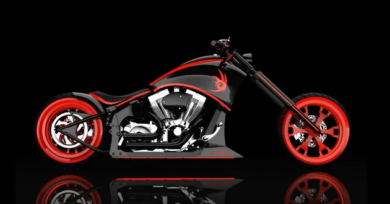American V-Twin Committee Makes Progress
The Motorcycle Industry Council, Inc. (MIC) American V-Twin Committee recently met for the fifth time this year.
Key points of discussion at the meeting, held in Irvine, Calif., involved progress on a potential EPA engine emissions certification program for on-highway motorcycle engines and the feasibility of developing an in-use, on-highway motorcycle sound test procedure.
Last April, MIC spoke with EPA staff about their stated intentions to develop an on-highway motorcycle engine certification program. Currently, such an EPA engine certification program does not exist. Custom motorcycle builders and small volume manufacturers must certify the complete motorcycle even if they install an engine that is used in another motorcycle that has already been EPA certified.
At EPA staff’s request, MIC drafted provisions for a program that would allow small volume, on-highway motorcycle manufacturers and custom motorcycle builders to purchase EPA certified engines and install them without having to recertify the motorcycle. The MIC draft engine certification program was reviewed by the MIC American V-Twin and OE Technical Committees and presented in July to the EPA who is now considering the proposal.
The American V-Twin Committee also discussed recent progress with the MIC OE Technical Committee on the feasibility of developing an appropriate in-use, on-highway motorcycle sound test procedure. Motorcycle noise is a major concern nationwide and many states and municipalities are considering the adoption of varying in-use standards and test procedures that could be detrimental to the industry. The Committee’s objective in creating this test is to provide states and municipalities with an easy, economical, reliable and uniform means for controlling excessive motorcycle noise.
Support for exploring the development of an in-use on-highway test procedure has also been expressed recently by the Motorcycle Sound Working Group and some members of the SAE Motorcycle Committee. The SAE Motorcycle Committee will discuss this issue with MIC at their next meeting in October. MIC would likely be the key source for funding a sound test program to support the development of a new SAE sound test procedure that is simpler to use than the current procedure.




